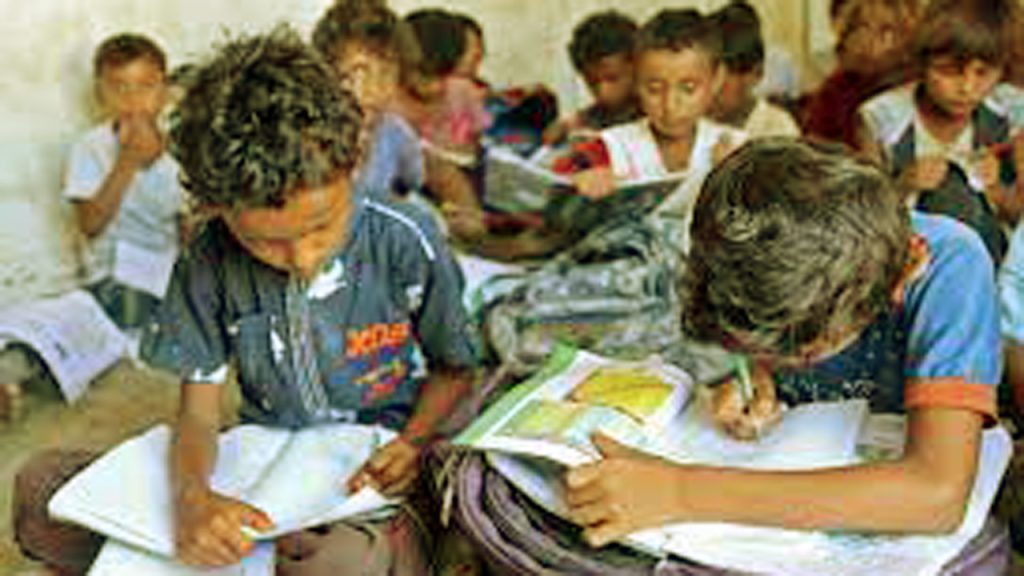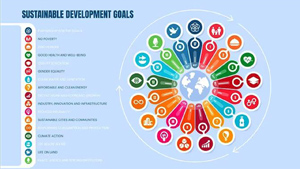Education is a fundamental human right that has the power to transform lives and communities. In poor countries, access to quality education is a significant challenge that perpetuates the cycle of poverty. Without proper education, children are denied opportunities for personal and economic growth, and entire communities are held back from progress. It is crucial to address this issue and find effective solutions to improve education in these countries.

Photo by khaleejtimes.com
Challenges Faced by Education in Poor Countries
Improving education in poor countries requires understanding the unique challenges faced by these communities. Inadequate infrastructure is a major hurdle, with many schools lacking basic facilities such as classrooms, sanitation, and clean water. The shortage of trained teachers is a critical issue.
Many poor countries struggle to attract and retain qualified educators, leading to overcrowded classrooms and a lack of individual attention for students. Limited access to educational resources and materials further exacerbates the problem, making it difficult for students to engage in effective learning.
Addressing these challenges requires a comprehensive approach that tackles both the immediate issues and the underlying societal factors that hinder education. By implementing innovative solutions and collaborating with various stakeholders, we can make significant progress in improving education in poor countries.
Innovative Solutions for Improving Education
To improve education in poor countries, innovative solutions are needed that go beyond traditional approaches. One such solution is investing in infrastructure and technology. Building and renovating schools, providing access to electricity and the internet, and equipping classrooms with modern technology can create an environment conducive to learning. Technology can also play a crucial role in delivering educational content, especially in remote areas with limited access to physical resources.
Another key aspect of improving education is ensuring access to quality teachers and resources. Training and professional development programs can help equip teachers with the necessary skills to deliver effective education. Recruiting and retaining qualified teachers in remote and disadvantaged areas can be incentivized through financial and non-financial means. Providing teachers with access to quality resources, such as textbooks and teaching materials, is also essential for enhancing the learning experience.
Government Initiatives and Policies for Education
Government initiatives and policies play a pivotal role in improving education in poor countries. Governments need to prioritize education and allocate sufficient funds for its development. Investing in education not only benefits individuals but also contributes to the overall economic growth of the country. Policies should focus on improving access to education, ensuring quality, and addressing the specific needs of marginalized communities. By working in collaboration with local communities, NGOs, and international organizations, governments can create a conducive environment for education to thrive.
Non-Profit Organizations Working Towards Improving Education
Non-profit organizations have been instrumental in driving positive change in education in poor countries. These organizations work tirelessly to address the various challenges faced by these communities. They provide financial support, educational resources, and training programs to improve access to quality education. Additionally, non-profit organizations often collaborate with local partners to develop sustainable solutions tailored to the specific needs of each community.
Role of Technology in Improving Education
Technology has the potential to revolutionize education in poor countries. With the increasing availability of low-cost devices and internet connectivity, technology can bridge the gap in access to education. Online platforms and educational apps can deliver interactive and engaging content to students, regardless of their geographical location. Technology also enables distance learning, allowing students to access educational resources and connect with teachers remotely. It is important to ensure that technology is used effectively and in a way that complements traditional teaching methods.
Strategies for Community Involvement in Education
Community involvement is crucial for the success of education initiatives in poor countries. Engaging parents, community leaders, and local organizations can create a sense of ownership and foster a supportive environment for education. Community members can contribute in various ways, such as volunteering as classroom assistants, organizing extracurricular activities, or providing mentorship to students.
By involving the community in decision-making processes and empowering them to take an active role in education, we can create sustainable change.
Case Studies of Successful Education Initiatives in Poor Countries
Numerous successful education initiatives have been implemented in poor countries, providing valuable insights and inspiration for further improvements. One such example is the Escuela Nueva model in Colombia, which promotes student-centered learning, teacher training, and community involvement. This model has been particularly successful in rural areas, where it has improved student performance and increased school attendance rates.
Another success story is the Bridge International Academies in Kenya, which leverages technology to deliver affordable and quality education to underserved communities. These case studies highlight the importance of tailoring educational interventions to the specific needs of each community and the potential for positive change.
Funding and Resources for Improving Education
Improving education in poor countries requires adequate funding and resources. Governments, international organizations, and philanthropic foundations need to prioritize education and allocate sufficient funds to support its development. Partnerships between public and private sectors can help leverage resources and expertise for maximum impact. It is important to ensure that funding is used efficiently and effectively, targeting the areas of greatest need and monitoring the progress made.
Way Forward for Improving Education in Poor Countries
Improving education in poor countries is a complex and challenging endeavor. It requires a comprehensive approach that addresses the various barriers and challenges faced by these communities. By investing in infrastructure and technology, providing access to quality teachers and resources, and fostering community involvement, we can pave the way for a brighter future for children in poverty-stricken areas.
It is crucial for governments, non-profit organizations, and other stakeholders to collaborate and work towards sustainable solutions. Education has the power to break the cycle of poverty and transform lives. Together, we can make a difference and ensure that every child has access to a quality education, regardless of their socioeconomic background.




